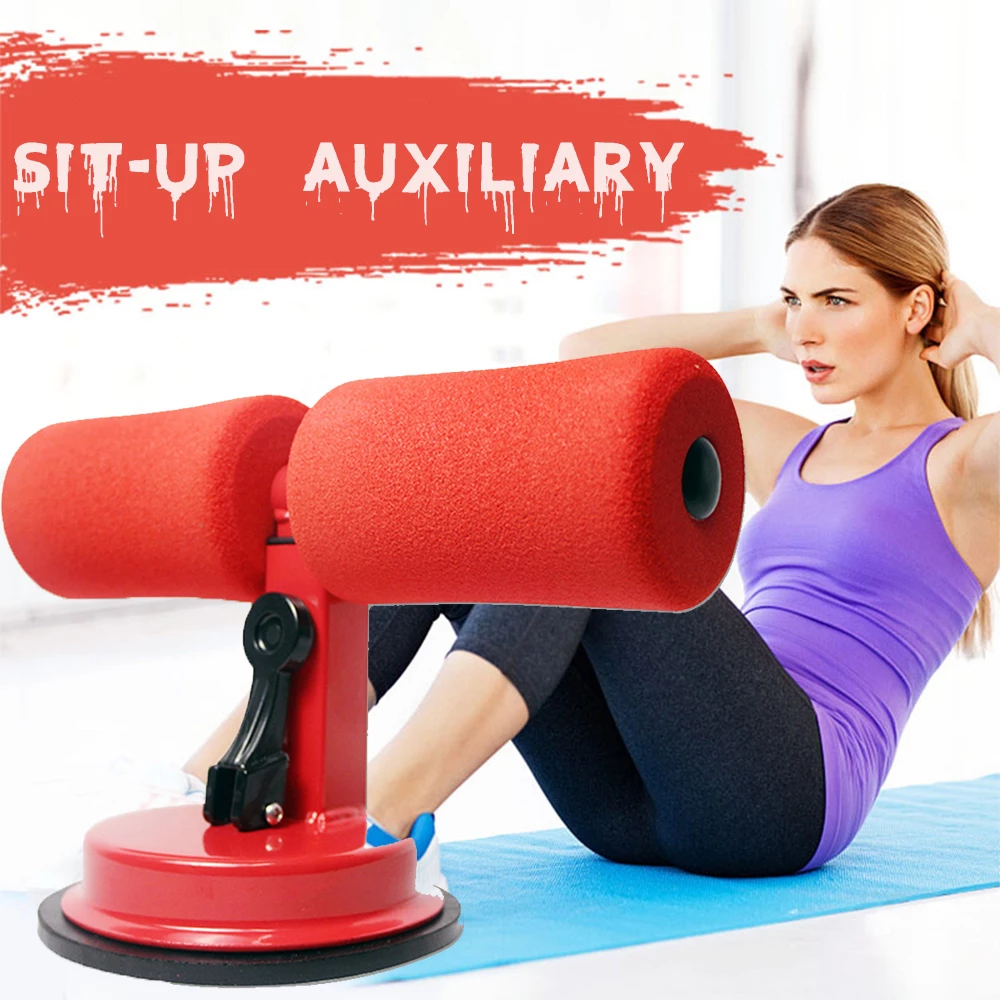
Tools To Train Your Abs
Are you looking for something different besides Crunches to train your abs? We understand you well, since the secret to getting the turtle is to train the whole torso, not just the high abs.
If you are looking for machines that will make you achieve the desired result for you, there are none, even if it is recommended to do the planks on a vibrating platform (you must do them anyway!).
What tools can offer you and your abs is variation, and a way to make sure you are working all your abs, not just the visible ones.
Small tip: When training your abs, you may not know that many of the compound lifting exercises you perform regularly to enlarge your arms, chest or quadriceps also work your abdominal muscles.
On the days you do one of these, pause for a moment to reflect on how much you feel you have been working your abdomen and perhaps finish the training session with a high-rep, light-weight abdominal exercise.
Discover Giulia's routine:
1. Adjustable sit-up bench
One of the best tools for training the abs is the adjustable sit-up bench. Take your Crunches to the next level with the Sit-Up Bench and challenge yourself by adjusting the incline. Handle it all with a medicine ball.
Do you want to train your lower and oblique abs at the same time? At the height of the movement, try turning slightly to the side. Three reps of 15 are a good start.
2. AB roller
You can also consider using this handy abdominal tool at home if you have some space. It works your abs and increases core strength and definition by combining aspects of core exercises, such as planks, with arm stretch and alignment.
It is advisable to work on the technique first, training yourself to roll in different directions starting from the kneeling position, aligning the shoulders, core, arms and back. At this point, perform a number of repetitions to do at the beginning and at the end of the workout.
3. Pull-up bars
While attached to a pull-up bar, slowly lift your knees towards the diaphragm instead of letting your legs swing. To increase the difficulty, keep your legs straight as you rise.
4. Barre per dip
Rest your arms and try to do the previous exercise in a less strenuous way, using the Dip bars and working on the leg lifts.
5. Yoga ball (abdominal ball)
In addition to yoga, the ab ball or stability ball can be used to perform sit-ups, planks and balance exercises to align the core. They are perfect if you want to use your body weight to develop muscle strength and endurance, which can also be used as part of circuit training and for aerobics. To start, try doing 3 sets of 20 Sit-Ups, focusing on balance.
For variation, lie on your back with your arms stretched over your head. With your legs straight, squeeze the ball with your feet. Slowly lift your feet to form a right angle with your legs and back flat and pass the ball from your feet to your hands. Bring it over the head and then bring it back to the center towards the feet.
Do you want to make the core work? Try doing the planks one minute at a time with your elbows resting on the ball.
Also, if you are brave enough, you can train yourself to stand balanced on the ball.
6. Roman chair
Training the torso and streamlining the hips mainly consist of working the lower back. Using the Roman chair or something similar, start from a right angle position (looking down) and fully stretch your back. Do the exercises for the lower back as you would with those aimed at the abdominals.
You can add some light weights to your shoulders, increasing them to your liking. It is important that you train your lower back as much as your chest to avoid back pain and poor posture.
Plus, by adding this exercise to your various ab workouts you will be training your whole body and increasing your agility.
Conclusion
With this article we have seen 6 different tools useful for training the abs: including the ball for abdominals. Great for helping you reach your training and fitness goals.
Our articles should be used for informational and educational purposes only and are not intended to be taken as medical advice. If you are concerned, consult a health professional before taking dietary supplements or making major changes to your diet.


























